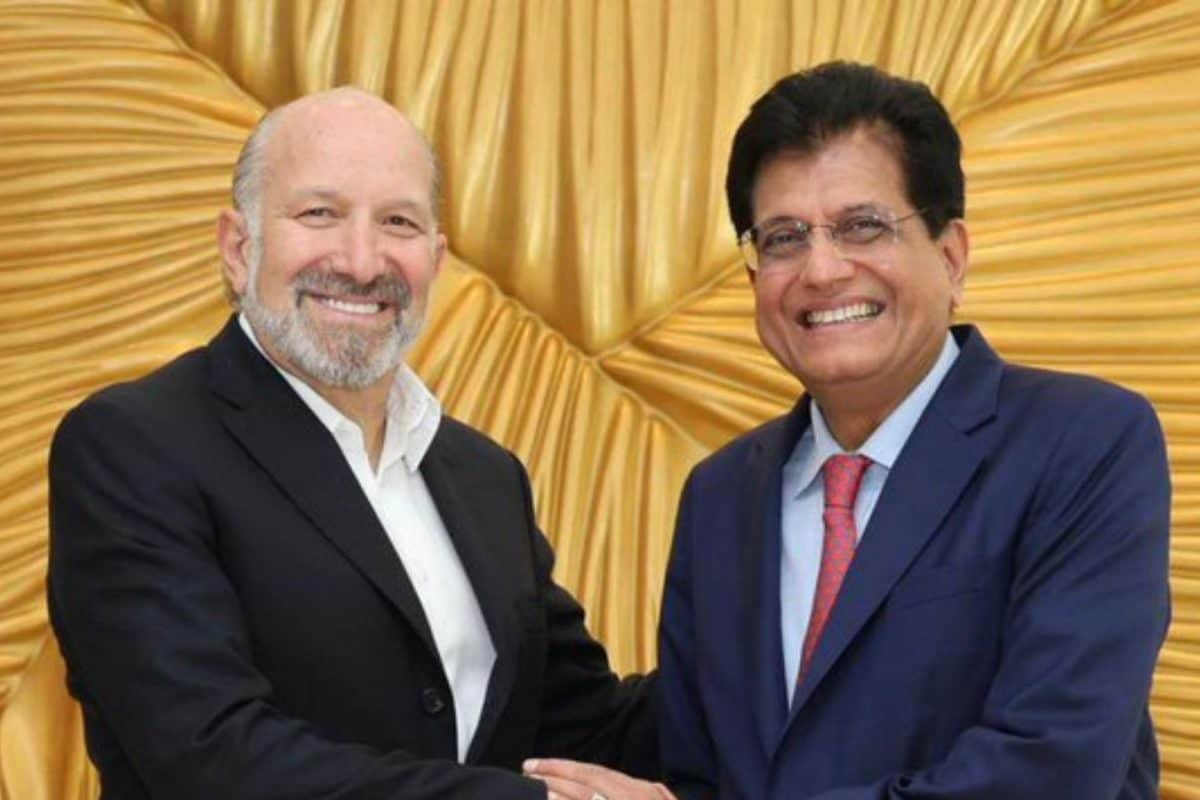

Commerce Minister Piyush Goyal is currently in the United States for crucial discussions aimed at expediting the first tranche of the bilateral trade pact between India and the US. From May 17-20, 2025, Goyal is scheduled to meet with U.S. Trade Representative Jamieson Greer and Commerce Secretary Howard Lutnick. The primary goal of these meetings is to strengthen trade ties and finalize the initial phase of the much-anticipated trade agreement.
This visit follows a series of trade talks and meetings between the two nations, reflecting a mutual commitment to expanding bilateral trade. In March 2025, representatives from India's Department of Commerce and the Office of the U.S. Trade Representative met in New Delhi, agreeing to expand bilateral trade to $500 billion by 2030 through a Bilateral Trade Agreement (BTA). Both sides aim to finalize the first tranche of this agreement by the fall of 2025. These discussions covered various aspects, including increasing market access, reducing tariff and non-tariff barriers, and deepening supply chain integration.
India has emphasized its commitment to strategic autonomy and prioritizing its own interests in these negotiations. Commerce Minister Piyush Goyal has stated that India does not negotiate "at gunpoint," underscoring the importance of protecting the country's interests. India is willing to engage in bilateral partnerships based on reciprocity, trust, and fair play.
The United States is India's largest trading partner, with bilateral trade totaling approximately $129 billion in 2024. India had a $45.7 billion surplus with the US last year, mainly through exports of pharmaceutical products, electrical machinery, and jewelry. Addressing the trade imbalance and reducing tariffs have been key issues in the discussions. While the US average tariff rate is 3.3%, India's average tariff rate is 17%. To show good faith, India has already lowered import duties on certain US goods, such as bourbon whiskey and Harley-Davidson motorcycles.
Previously, President Trump had said that India offered a trade deal that proposed almost “no tariffs” on US goods. However, India disputed Trump's claim. According to reports, India has offered to reduce duties to zero on 60% of US imports in the first phase, while also offering preferential access to nearly 90% of the merchandise India imports from the US.
Both countries are now aiming to sign the long-awaited bilateral trade agreement before July 8, 2025. Finalizing the first tranche of the BTA discussions within this timeframe may not be feasible, officials say.